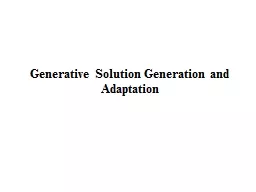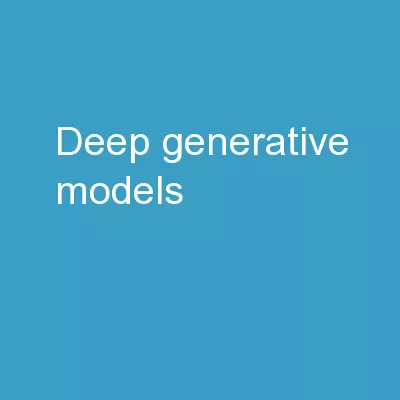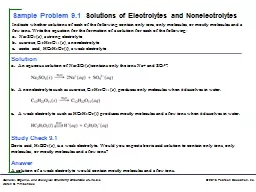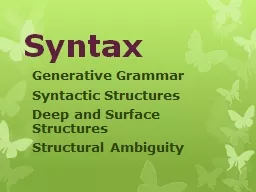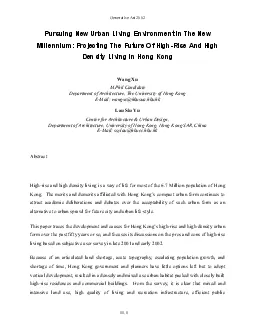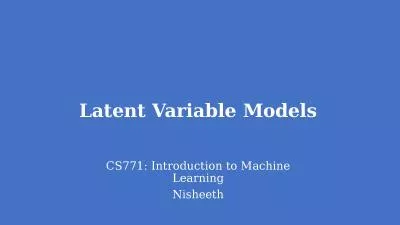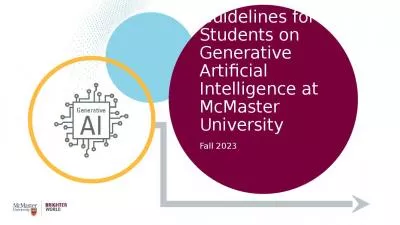PPT-Generative Solution
Author : conchita-marotz | Published Date : 2016-04-18
Generation and Adaptation Some Notes Each topic studied so far have a number of fielded applications That is they have been used in the real world The topic of this
Presentation Embed Code
Download Presentation
Download Presentation The PPT/PDF document "Generative Solution" is the property of its rightful owner. Permission is granted to download and print the materials on this website for personal, non-commercial use only, and to display it on your personal computer provided you do not modify the materials and that you retain all copyright notices contained in the materials. By downloading content from our website, you accept the terms of this agreement.
Generative Solution: Transcript
Download Rules Of Document
"Generative Solution"The content belongs to its owner. You may download and print it for personal use, without modification, and keep all copyright notices. By downloading, you agree to these terms.
Related Documents

